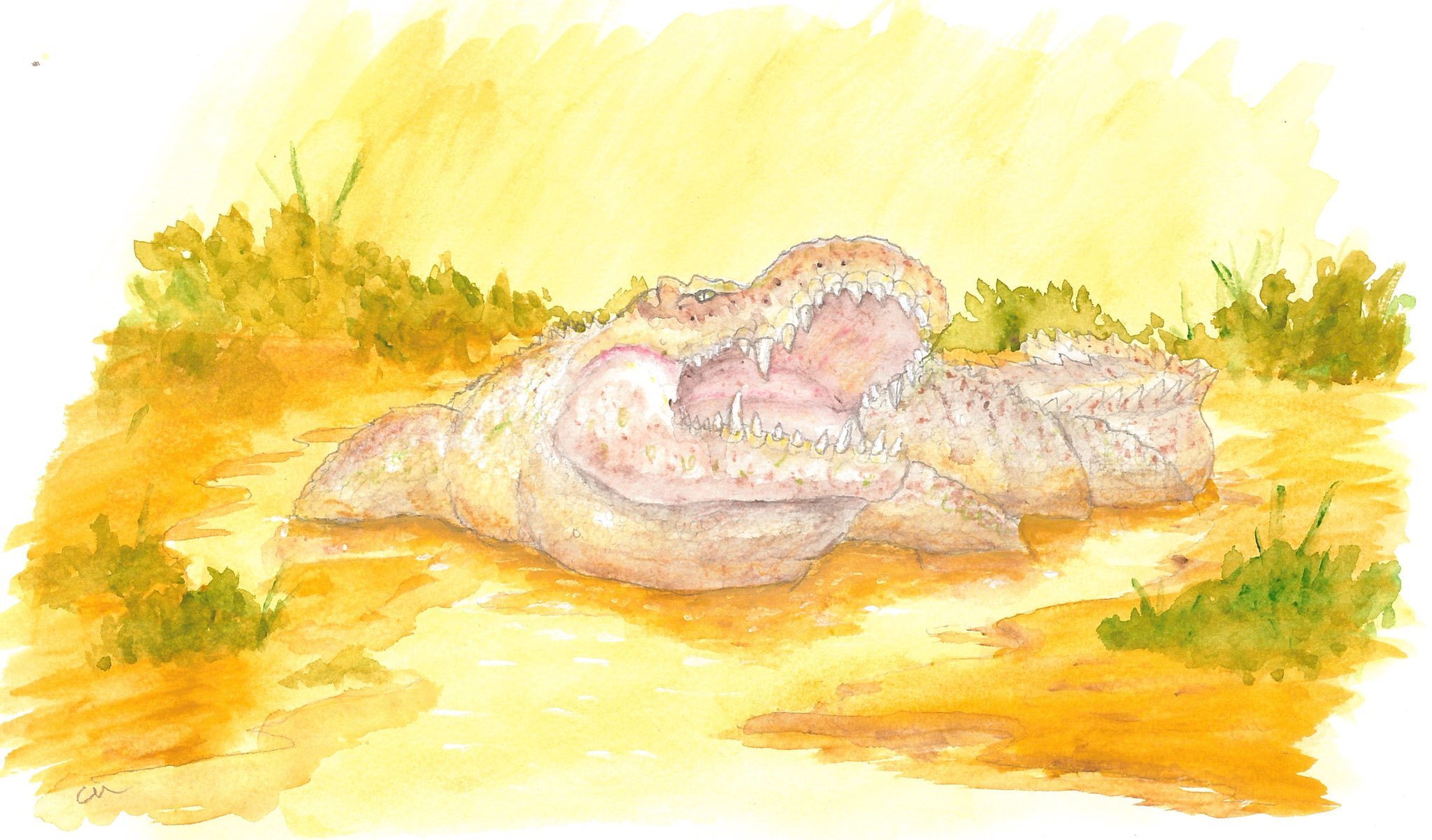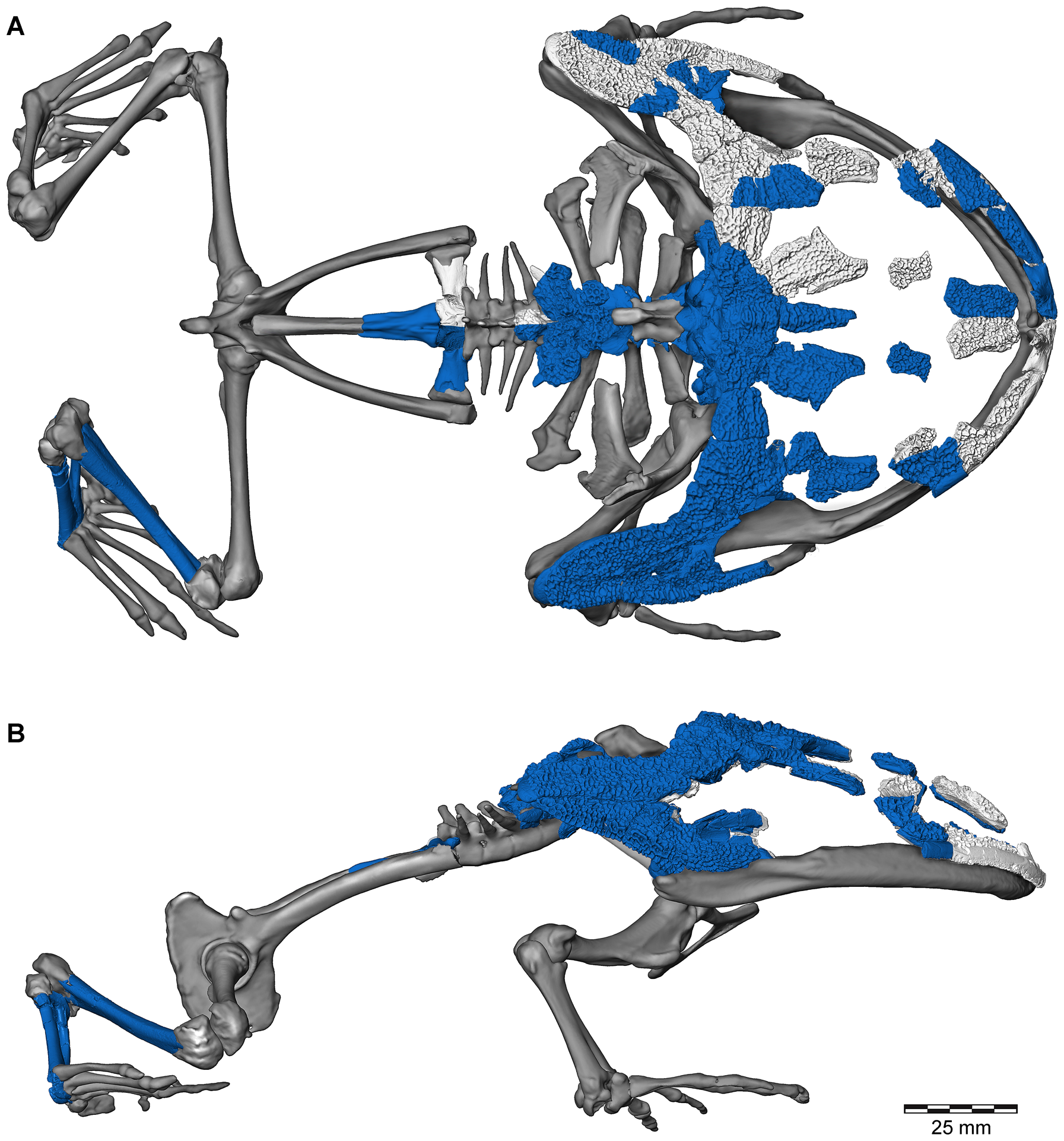|
Vango (fish)
''Vango'' is an extinct genus of milkfish from the Late Cretaceous Lac Kinkony and Anembalemba members of the Maevarano Formation of Madagascar. The type (and sole) species is ''Vango fahiny''. Discovery and naming Matt Friedman was the first to recognize the presence of a gonorynchiform species in the Maevarano fauna, and Murray ''et al.'' (2023) named and described ''Vango fahiny'' shortly after. The material that was referred to ''Vango'' by Murray ''et al.'' (2023) includes opercles, hyomandibulae, frontals, basioccipitals, vertebrae, and parts of the pectoral girdle. No known articulated specimens exist; the species is only known from isolated elements. The word ''Vango'' means "skull" in Malagasy, but in western Madagascar it also refers to milkfish (''Chanos chanos'') and bonefish ('' Albula sp.''). The species name means "ancient" in Malagasy, and thus the full binomial name translates roughly to "ancient milkfish". Description ''Vango'' is similar to the extan ... [...More Info...] [...Related Items...] OR: [Wikipedia] [Google] [Baidu] |
Late Cretaceous
The Late Cretaceous (100.5–66 Ma) is the more recent of two epochs into which the Cretaceous Period is divided in the geologic time scale. Rock strata from this epoch form the Upper Cretaceous Series. The Cretaceous is named after ''creta'', the Latin word for the white limestone known as chalk. The chalk of northern France and the white cliffs of south-eastern England date from the Cretaceous Period. Climate During the Late Cretaceous, the climate was warmer than present, although throughout the period a cooling trend is evident. The tropics became restricted to equatorial regions and northern latitudes experienced markedly more seasonal climatic conditions. Geography Due to plate tectonics, the Americas were gradually moving westward, causing the Atlantic Ocean to expand. The Western Interior Seaway divided North America into eastern and western halves; Appalachia and Laramidia. India maintained a northward course towards Asia. In the Southern Hemisphere, Aus ... [...More Info...] [...Related Items...] OR: [Wikipedia] [Google] [Baidu] |
Maastrichtian
The Maastrichtian ( ) is, in the International Commission on Stratigraphy (ICS) geologic timescale, the latest age (geology), age (uppermost stage (stratigraphy), stage) of the Late Cretaceous epoch (geology), Epoch or Upper Cretaceous series (stratigraphy), Series, the Cretaceous geologic period, Period or system (stratigraphy), System, and of the Mesozoic geologic era, Era or Erathem. It spanned the interval from . The Maastrichtian was preceded by the Campanian and succeeded by the Danian (part of the Paleogene and Paleocene). It is named after the city of Maastricht, the capital and largest city of the Limburg (Netherlands), Limburg province in the Netherlands. The Cretaceous–Paleogene extinction event (formerly known as the Cretaceous–Tertiary period, Tertiary extinction event) occurred at the end of this age. In this extinction event, mass extinction, many commonly recognized groups such as non-avian dinosaurs, plesiosaurs and mosasaurs, as well as many other lesser-kn ... [...More Info...] [...Related Items...] OR: [Wikipedia] [Google] [Baidu] |
Prehistoric Ray-finned Fish Genera
Prehistory, also called pre-literary history, is the period of human history between the first known use of stone tools by hominins million years ago and the beginning of recorded history with the invention of writing systems. The use of symbols, marks, and images appears very early among humans, but the earliest known writing systems appeared years ago. It took thousands of years for writing systems to be widely adopted, with writing having spread to almost all cultures by the 19th century. The end of prehistory therefore came at different times in different places, and the term is less often used in discussing societies where prehistory ended relatively recently. It is based on an old conception of history that without written records there could be no history. The most common conception today is that history is based on evidence, however the concept of prehistory hasn't been completely discarded. In the early Bronze Age, Sumer in Mesopotamia, the Indus Valley Civ ... [...More Info...] [...Related Items...] OR: [Wikipedia] [Google] [Baidu] |
Mahajangasuchus
''Mahajangasuchus'' is an extinct genus of crocodyliform which had blunt, laterally compressed and serrated teeth. The type species, ''M. insignis'', lived during the Late Cretaceous; its fossils have been found in the Maevarano Formation in northern Madagascar. It was a fairly large predator, measuring up to long. Discovery and naming With the inception of the Mahajanga Basin Project (MBP) in 1993, led by Dr. David Krause, came a significant increase of discoveries and research into the fauna of the Maastrichtian Maevarano Formation in northern Madagascar. This included a variety of crocodylomorphs with the largest specimen being a well preserved disarticulated skeleton discovered in 1995 roughly 1 km south-east of the village of Berivotra. This skeleton, specimen ''UA 8654'', consisted of a complete left and partial right mandible, vertebrae of the cervical, dorsal, saccral and caudal regions, several ribs as well as material of the pectoral, pelvic girdle and limb bones. ... [...More Info...] [...Related Items...] OR: [Wikipedia] [Google] [Baidu] |
Kelyophis
''Kelyophis'' (; meaning 'small serpent' from the Malagasy word ''kely'' (meaning "small") and the Greek word ὄφις (ophis, meaning "serpent")) is an extinct genus of nigerophiid snake which existed in Madagascar during the Late Cretaceous. The type species is ''Kelyophis hechti''. Trunk vertebrae have been found from the Maastrichtian-age Maevarano Formation in the Mahajanga Basin. ''Kelyophis'' is similar to other nigerophiids in its small size (less than ), long centra with posterior surfaces that deflect slightly downward, tubercular-shaped neural spines that are directed toward the back of the neural arches, and several other features of the vertebrae. While most nigerophiids were aquatic, ''Kelyophis'' was not as specialized for aquatic life. It has shorter vertebrae and synapophyses that are less ventrally shifted than aquatic nigerophiids. During the Late Cretaceous, the Maevarano Formation was part of a semiarid and highly seasonal environment that may have been ... [...More Info...] [...Related Items...] OR: [Wikipedia] [Google] [Baidu] |
Kinkonychelys
''Kinkonychelys'' ("Lac Kinkony Study Area turtle") is an extinct genus of side-necked turtle which existed in Madagascar during the Late Cretaceous period. It contains the single species ''Kinkonychelys rogersi'', named in honor of its discoverer, Raymond R. Rogers. The genus and species are based on UA 9748, a nearly complete skull, which represents the first turtle skull described from the pre-Holocene era in Madagascar. A number of isolated skull and jaw bones have also been assigned to ''K. rogersi''. These specimens were found in rocks of the Maastrichtian-age Maevarano Formation in the Mahajanga Basin of northwestern Madagascar. Another specimen, FMNH PR 2446, is speculated to represent another species, currently known as ''Kinkonychelys sp.'', but consensus on its distinction from ''K. rogersi'' remains unclear. The Maevarano Formation is a nonmarine rock formation that was deposited under a seasonal, semi-arid climate. A diverse vertebrate assemblage i ... [...More Info...] [...Related Items...] OR: [Wikipedia] [Google] [Baidu] |
Beelzebufo
''Beelzebufo'' ( or ) (meaning "devil toad") is an extinct genus of hyloid frog from the Late Cretaceous Berivotra and Maevarano Formations, approximately 70 million years ago in what is now Madagascar. The type species is ''B. ampinga'', and common names assigned by the popular media to it include devil frog, devil toad, and the frog from hell. Discovery and naming The first fossil bones were found in 1993 by David W. Krause of New York's Stony Brook University, and the species ''Beelzebufo ampinga'' was named and described by Evans, Jones & Krause (2008). The holotype is specimen UA 9600, consisting of a fused cervical and second presacral centra. These specimens were then described in more detail by Evans, Jones, and Krause (2014). Some 100 fossil isolated partial bones have been found between 1993 and 2011. Some portions of articulated skull are also known: specimen FMNH PR 2512 (a specimen discovered in 2010 which preserves most of the braincase, part of the palate ... [...More Info...] [...Related Items...] OR: [Wikipedia] [Google] [Baidu] |
Paralbula
''Paralbula'' is an extinct genus of prehistoric bony fish. They can be found in the Hell Creek Formation, in Montana, United States. See also * Prehistoric fish * List of prehistoric bony fish This list of prehistoric bony fish is an attempt to create a comprehensive listing of all Genus, genera from the fossil record that have ever been considered to be bony fish (class Osteichthyes), excluding purely vernacular terms. The list includ ... References Prehistoric ray-finned fish genera Cretaceous bony fish Late Cretaceous fish of North America Maastrichtian life Hell Creek fauna Paleontology in Montana {{paleo-bony-fish-stub ... [...More Info...] [...Related Items...] OR: [Wikipedia] [Google] [Baidu] |
Lepisosteus
''Lepisosteus'' (from Greek ''lepis'' (), 'scale' and ''osteon'' (), 'bone') is a genus of gars in the family Gar, Lepisosteidae. It contains four extant species, found throughout eastern and central North America. It is one of two extant gar genera alongside ''Atractosteus.'' Distribution ''Lepisosteus'' is known to be a freshwater fish. However, they do have the ability to survive in high salinity, and low oxygen water after gulping air. ''Lepisosteus'' prefers to reside in Brackish water, brackish and shallow slow-moving waters, living usually in Shoaling and schooling, schools. The habitat range of this genus ranges on the Eastern coast from the Gulf of Mexico in Florida north to Quebec City, Quebec. Habitats can be found in the Missouri River Valley, Missouri River Basin and Mississippi River System, Mississippi River drainage area, westward in the Rio Grande, Rio Grande River basin of Southern Texas and Northern Mexico. There are also populations in the Great Lakes except ... [...More Info...] [...Related Items...] OR: [Wikipedia] [Google] [Baidu] |
Euryhaline
Euryhaline organisms are able to adapt to a wide range of salinities. An example of a euryhaline fish is the short-finned molly, '' Poecilia sphenops'', which can live in fresh water, brackish water, or salt water. The green crab ('' Carcinus maenas'') is an example of a euryhaline invertebrate that can live in salt and brackish water. Euryhaline organisms are commonly found in habitats such as estuaries and tide pools where the salinity changes regularly. However, some organisms are euryhaline because their life cycle involves migration between freshwater and marine environments, as is the case with salmon and eels. The opposite of euryhaline organisms are stenohaline ones, which can only survive within a narrow range of salinities. Most freshwater organisms are stenohaline, and will die in seawater, and similarly most marine organisms are stenohaline, and cannot live in fresh water. Osmoregulation Osmoregulation is the active process by which an organism maintains its ... [...More Info...] [...Related Items...] OR: [Wikipedia] [Google] [Baidu] |
Chanos Chanos
Chanos may refer to: * ''Chanos'' (fish), a genus of milkfish * Chanos-Curson, a commune of the Drôme, a department in southeastern France * Chanos, Zamora, a municipality in Spain * George Chanos (born 1958), American attorney and politician * James Chanos (born 1957), American investor See also * Chano (other) {{disambiguation, surname ... [...More Info...] [...Related Items...] OR: [Wikipedia] [Google] [Baidu] |
2023 In Paleoichthyology
This list of fossil fish research presented in 2023 is a list of new fossil taxa of Agnatha, jawless vertebrates, placoderms, Chondrichthyes, cartilaginous fishes, Osteichthyes, bony fishes, and other fishes that were binomial nomenclature, described during the year, as well as other significant discoveries and events related to paleoichthyology that occurred in 2023. Jawless vertebrates Jawless vertebrate research * A study on the anatomy and affinities of ''Lasanius'' is published by Reeves ''et al.'' (2023), who interpret this vertebrate as a Crown group#Stem groups, stem-Cyclostomi, cyclostome. * Dearden ''et al.'' (2023) describe the cranial anatomy of ''Eriptychius, Eriptychius americanus'', provide evidence of the presence of a symmetrical set of cartilages interpreted as the preorbital neurocranium, and report that the studied cartilages filled out the head and closely supported the dermal skeleton (in that they were closer to the cranial anatomy of osteostracans and gal ... [...More Info...] [...Related Items...] OR: [Wikipedia] [Google] [Baidu] |





